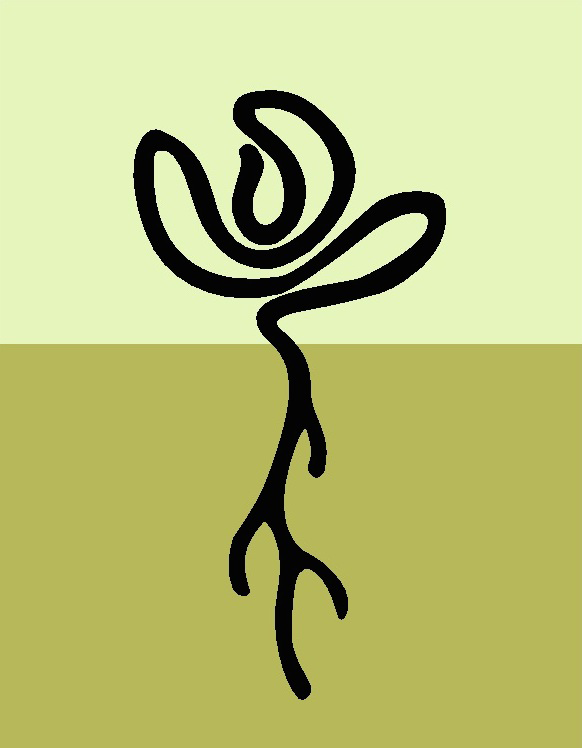Mortality
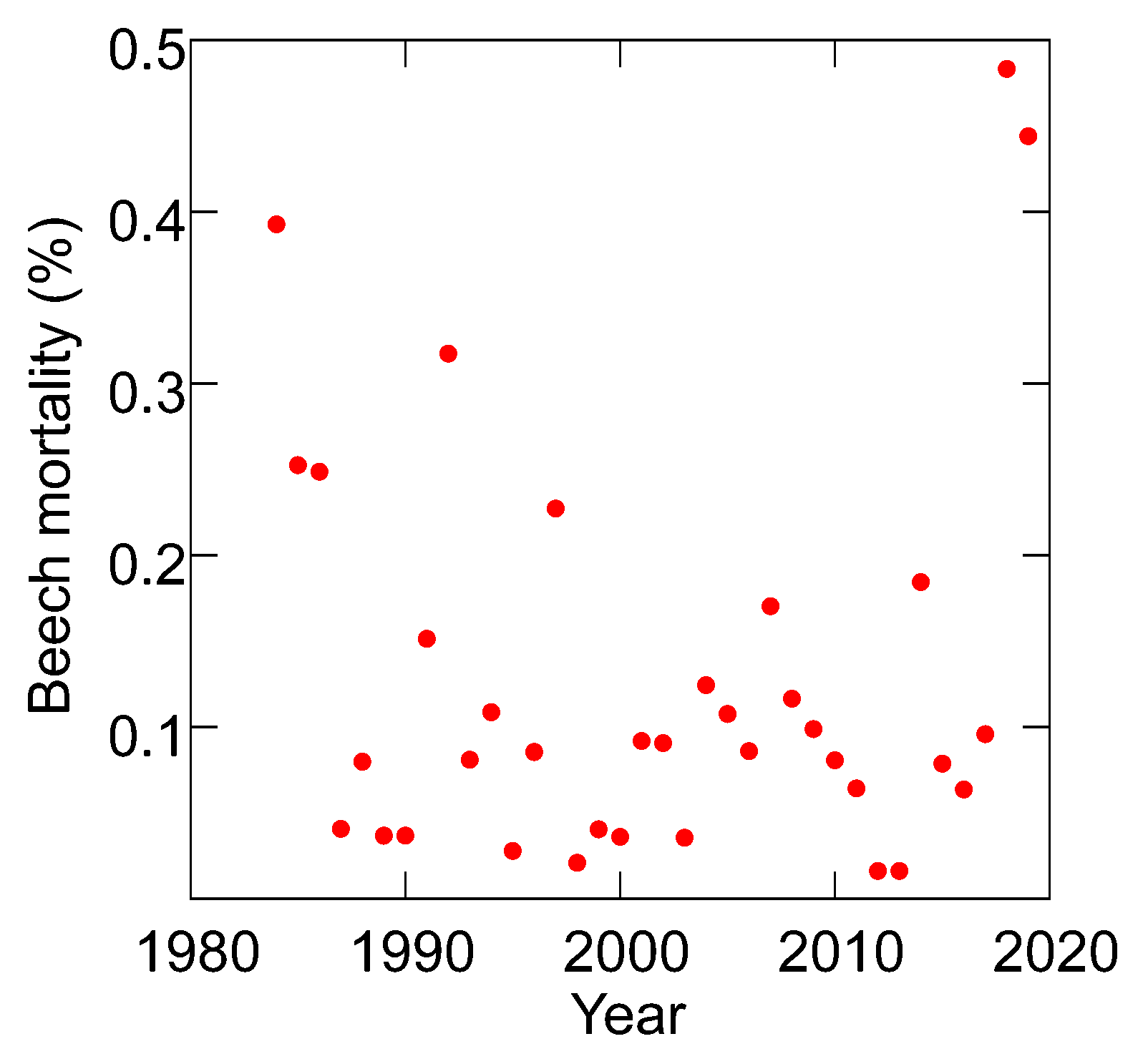
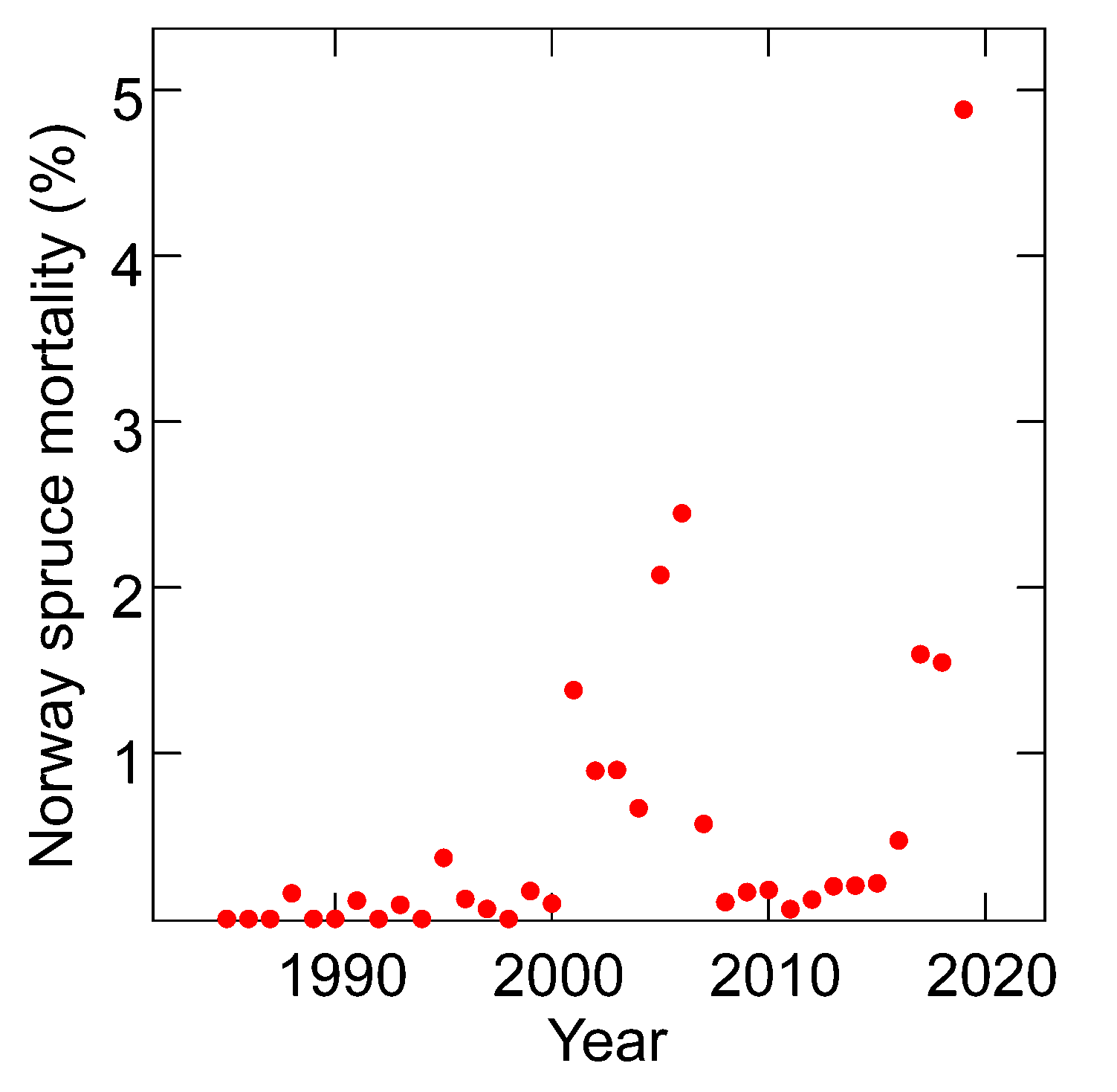
Developement of mortality for European beech (left) and Norway spruce (right) in the
permanent observation plots of the IAP since 1984.
Mortality of beech and spruce is strongly increased by drought stress. Based on our data analysis, a good drought stress indicator in beech is the minimum site water balance, the daily accumulated difference between rainfall and potential evapotranspiration. For spruce, a good indicator is the proportion between actual and potential evapotranspiration during the first 80 days of the vegetation period. For both trees it was best to average these indicators over several previous years: for beech over two, for spruce over three years. In spruce, mortality is even higher when drought stress is combined with increased nitrogen deposition as well as potassium and magnesium deficiency. The drought effect on spruce mortality is much stronger when nitrogen deposition is high or when the foliar potassium concentrations are low (high ratio between N and K). Also low magnesium concentrations go along with increased mortality in spruce. For oaks, mortality is correlated with potassium deficiency.

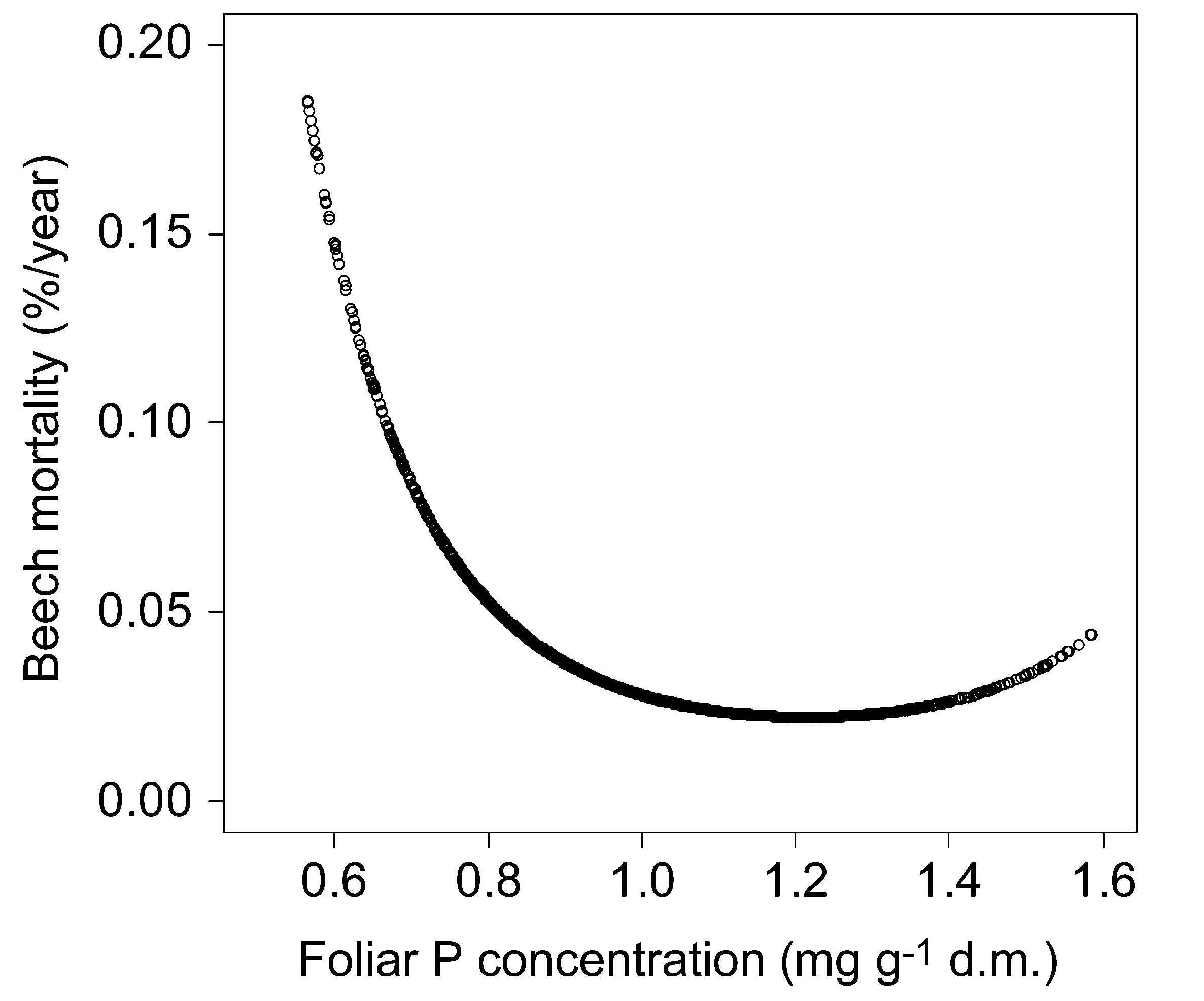
Mortality of beech increases with drought stress expressed as minimum site water balance
summed over the two previous years. Additionally, beech trees die more often, where foliar
phosphorus concentrations are low.
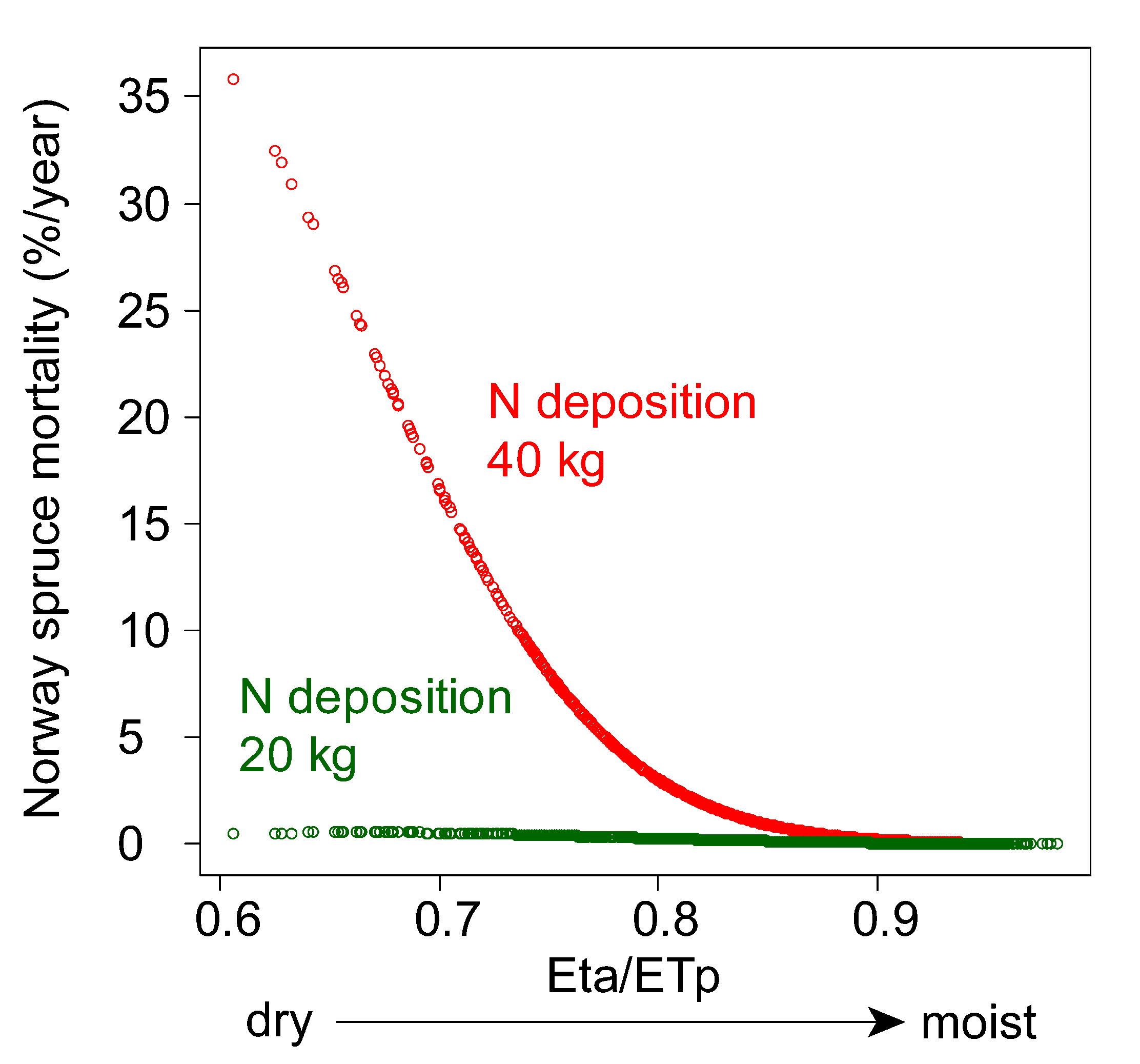
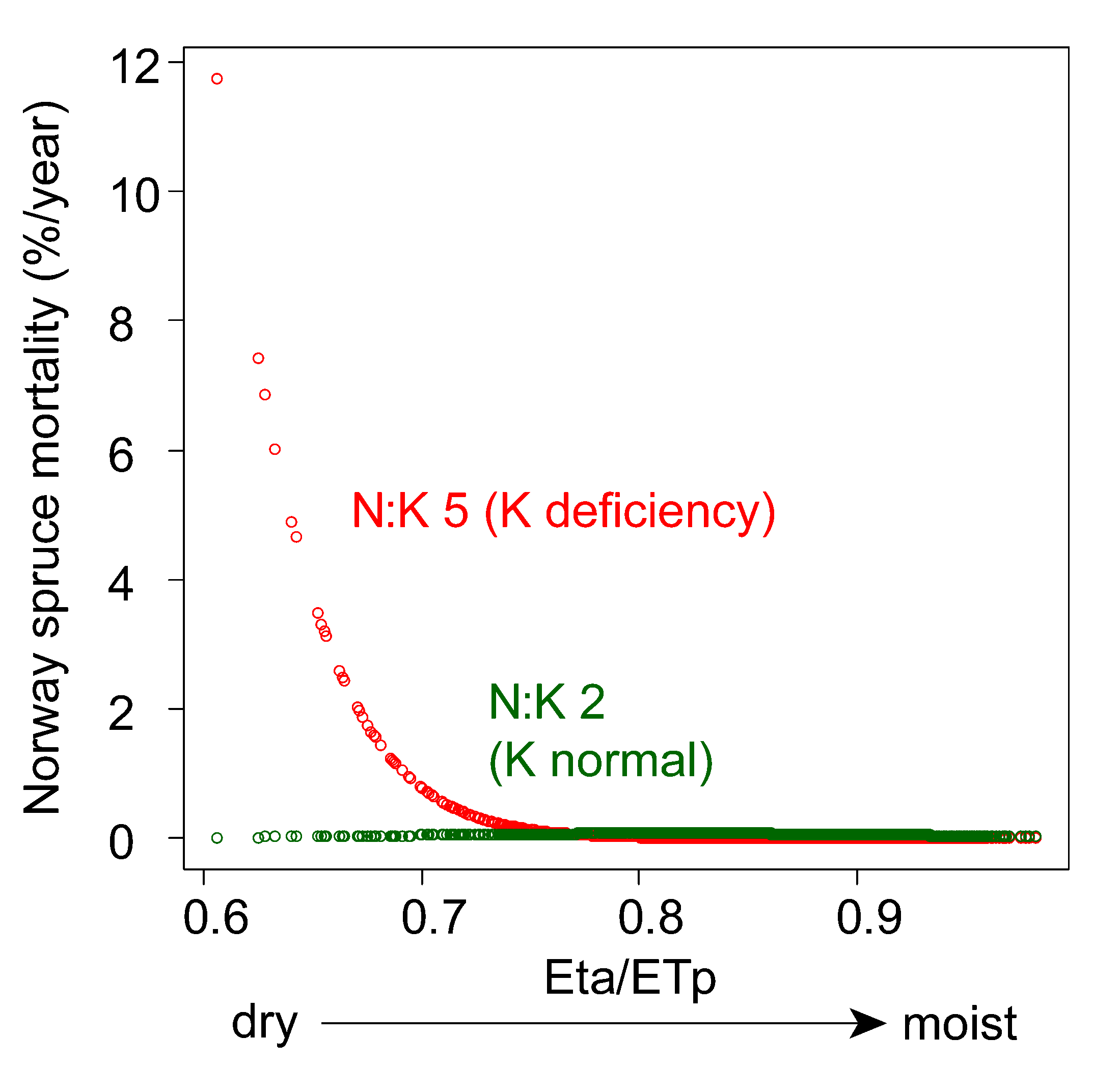
For spruce, the relationship between mortality and drought stress is highly dependent on
nitrogen deposition (left), or on deficient concentrations of potassium and magnesium (right).
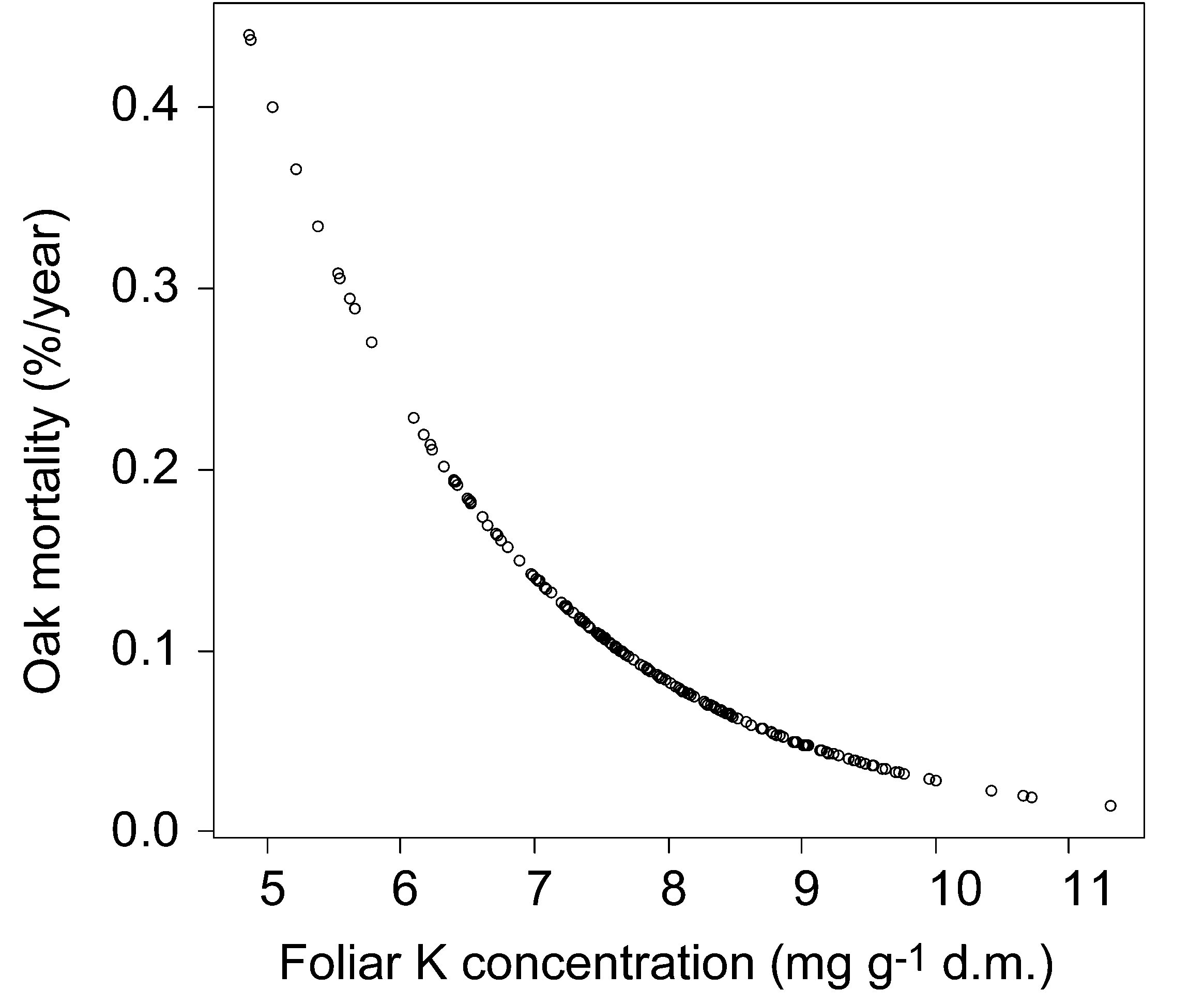
Mortality of oaks increases with decreasing
foliar potassium concentration.
